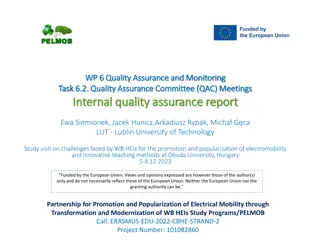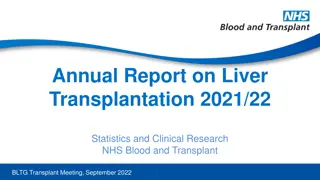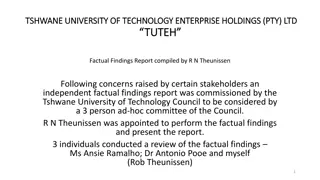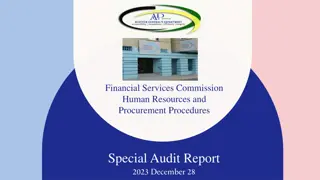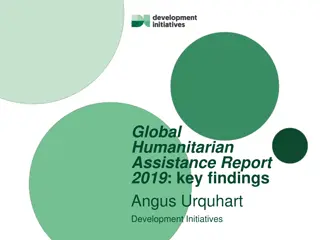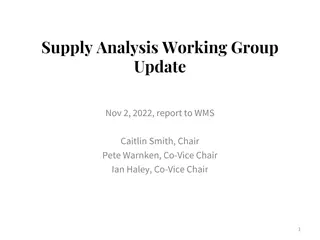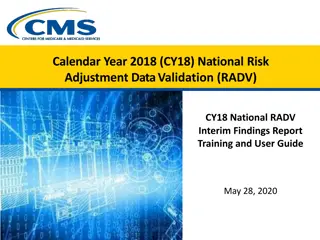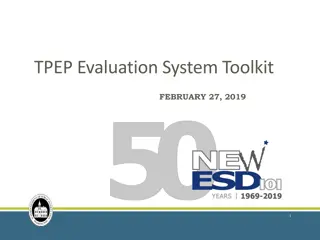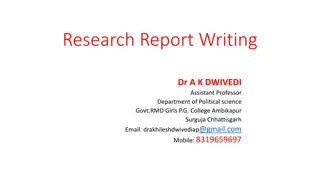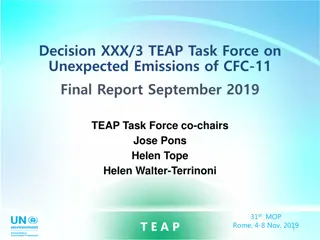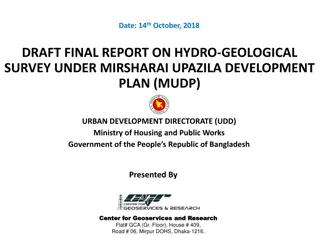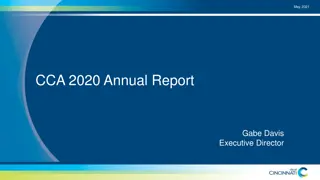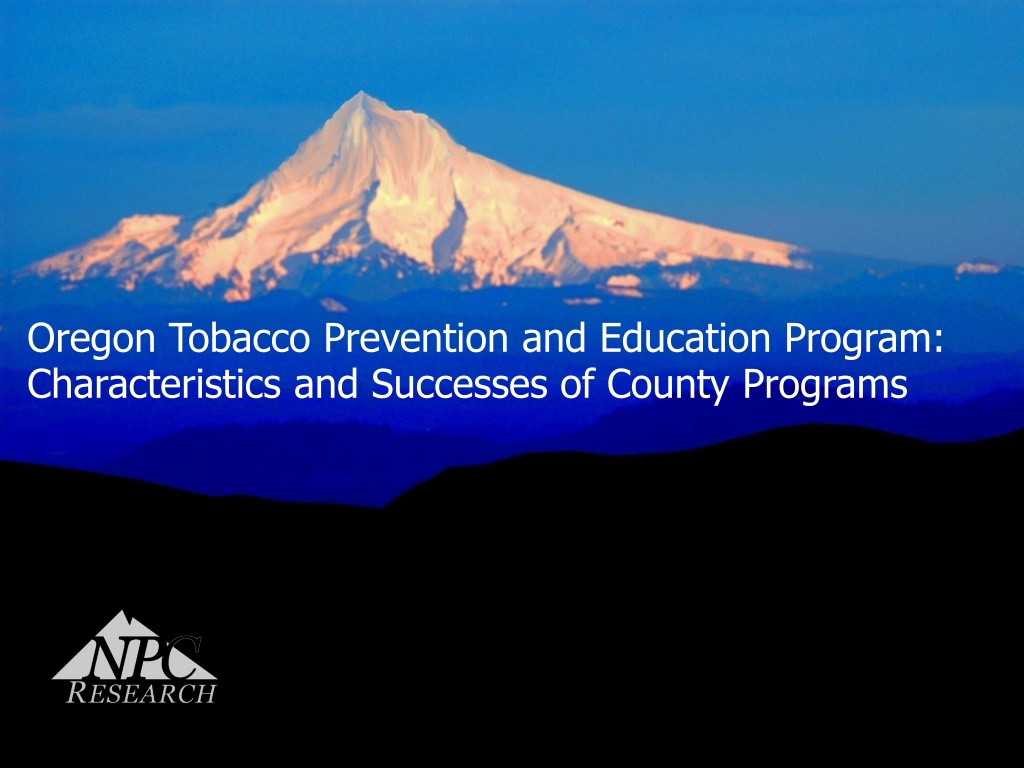
Impact of Drug Court Practices on Recidivism and Costs Study
Explore the findings from research on drug courts, tobacco prevention programs, and TPEPs in Oregon, focusing on how practices affect recidivism, costs, time spent, external funding, and program infrastructure.
Download Presentation

Please find below an Image/Link to download the presentation.
The content on the website is provided AS IS for your information and personal use only. It may not be sold, licensed, or shared on other websites without obtaining consent from the author. Download presentation by click this link. If you encounter any issues during the download, it is possible that the publisher has removed the file from their server.
E N D
Presentation Transcript
Drug Courts: Some Answers to Our Burning Questions Oregon Tobacco Prevention and Education Program: Characteristics and Successes of County Programs How Drug Court Practices Impact Recidivism and Costs NADCP May 2008
Monitoring Monitoring well means consistently measuring performance and providing ongoing feedback to key stakeholders on progress toward goals. 2
Introduction NPC Research contracted with Oregon Public Health Division, 2010-2015 Conduct studies & develop tools for supporting and improving TPEP Community-based participatory research Utilization-focused evaluation 3
TPEP Characteristics & Successes Purpose was to examine specific characteristics of local TPEPs to better understand what works to achieve success: Time spent on TPEP External funding Program infrastructure Staffing Attitudes toward TPEP and tobacco 4
Survey and Interview Completion Rate Surveys or Interviews Completed Total Number of Persons Response Rate Survey Administrators 34 22 65% Managers 11 8 73% Coordinators 36 33 92% Total 81 63 78% Interview Administrators 34 12 35% Managers 11 2 18% Coordinators 36 14 39% Total 81 28 35% 5
Findings: Time Spent on TPEP Average years in current position 8 years for administrators 4 years for coordinators & managers Time spent per month Administrators: 50% spend 0-4 hours/mo Managers: 50% spend 4-16 hours/mo Coordinator time 20% of time spent Engaging partners, building coalitions, and finding/developing local champions 6
Findings: External Funding 50% of counties at some time applied for external funding 27% applied for funding in last fiscal year 66% ever successful in obtaining external funding Majority of funding came from foundations or nonprofit organizations 7
Findings: Program Infrastructure If TPEP funding was unavailable: 41% of administrators did not think tobacco prevention activities would continue Nearly 50% of administrators would continue some TPEP-related activities Gather local data Coordinate with other community programs Assist with policy implementation 8
Findings: Staffing Many Administrators said: Staffing for TPEP was supported via other sources were happy with TPEP staffing success & retention Many TPEP coordinators shared funding responsibilities with other community programs 9
Findings: Staffing TPEP staff members are often included in LPHA structures & activities About two thirds of LPHAs had a strategic plan or guiding document About 50% of the plans contain tobacco prevention activities 10
Findings: Staffing Most local TPEPs have access to administrative staff, e.g., managers, office support, IT, fiscal staff, public health staff, & county personnel Slightly less access across counties to legal consultants Much less access to data analysts, grant writers, and epidemiologists 11
Findings: Attitudes According to coordinators Public is aware of TPEP public is moderately to highly supportive of tobacco prevention activities individuals that are aware and supportive were likely involved in organizations exposed to TPEP activities 12
Findings: Attitudes Survey participants believed that attitudes of administrators impacted success of TPEP generally held high opinions of and provided support for tobacco prevention believed that Boards of Heath and county administrators placed tobacco activities as moderately low priority 13
Recommendations Explore ways to strengthen capacity of local TPEP to pursue external funding Pursue opportunities to strengthen local TPEP sustainability Clarify local TPEP access to skills & specializations & identify opportunities to strengthen local resource sharing 14
Recommendations Explore opportunities to increase or improve communication between LPHA administrators and TPEP coordinators Consider ways to describe and promote TPEP activities to increase knowledge of & support for tobacco prevention work 15
Full Report Location https://public.health.oregon.gov/Prevention Wellness/TobaccoPrevention/Documents/tpe p-characteristics-and-successes-report.pdf 16
Contact Information This presentation was prepared by: Colleen Kidney (kidney@npcresearch.com) Eric Einspruch (einspruch@npcresearch.com) For more information on OHA s TPEP evaluation, contact Shaun Parkman (shaun.w.parkman@state.or.us) 18
Acknowledgements OHA Health Promotion & Chronic Disease Prevention Section Conference of Local Health - Healthy Communities Community Programs Initiative & Evaluation Work Group Local public heath administrators and TPEP managers and coordinators 20


